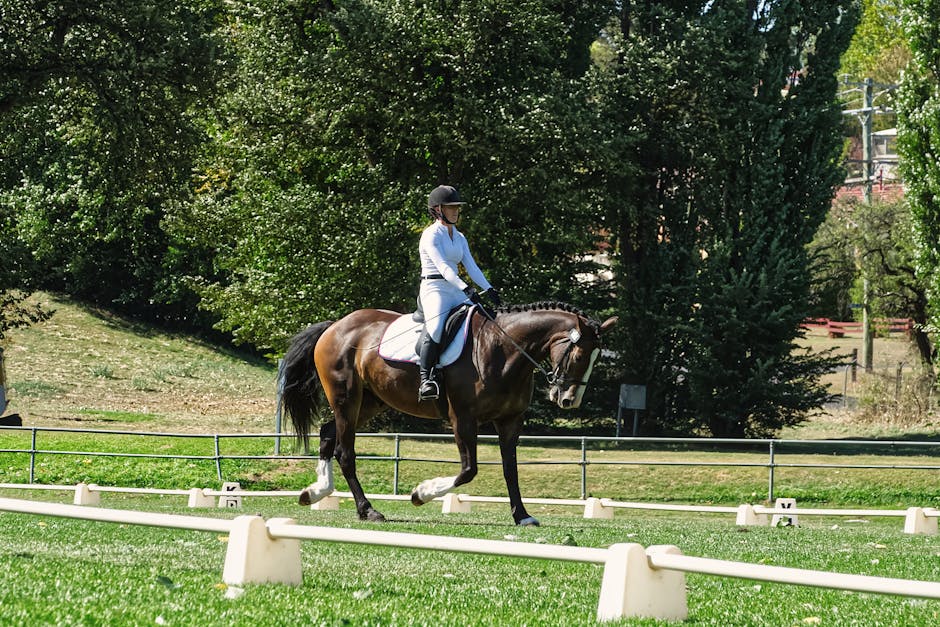Enhance Pet Training with Aromatherapy: A Guide to Success
Aromatherapy, often associated with tranquility and relaxation, is emerging as an innovative way to enhance pet training and alleviate anxiety. For many pet parents, understanding the nuances of their furry friends’ behavior can be a complex journey. By integrating scents and aromatherapy techniques into your training regimens, you are not only enriching their experience but also tapping into their innate sensory capabilities. This comprehensive guide will explore how you can utilize aromatherapy to transform your pet training approach and foster a deeper connection with your beloved companion.
The Intersection of Scent and Pet Behavior

Just like humans, pets experience a wide range of emotions, from excitement and curiosity to anxiety and fear. Dogs, for example, possess an extraordinary sense of smell—rumored to be up to 100,000 times more acute than ours. This keen olfactory ability makes them particularly sensitive to different smells, and their reactions can often provide insight into their emotional states. Recognizing this inherent capability paves the way for the use of aromatherapy as a training tool.
When employed correctly, scents can evoke positive feelings in pets, making them more receptive to training. For instance, calming scents like lavender or chamomile can assist in reducing stress before heading out for a walk or visiting the vet. Many pet owners have found success in this practice, leading to fewer anxiety episodes and a more engaged and focused pet during training sessions.
Understanding Aromatherapy

Aromatherapy is the practice of using naturally extracted essential oils from plants to promote physical and emotional well-being. For pets, specific oils can be used to create a calming environment or to enhance focus during training. However, it's essential to note that not all essential oils are safe for pets. Some oils can be toxic, so a foundational understanding of which oils to use is crucial.
Commonly used essential oils that are safe for pets include:
- Lavender: Known for its calming properties, it's often used to soothe anxious pets.
- Chamomile: Helps to relax pets and promote a sense of tranquility.
- Cedarwood: Known for its grounding effects, it can help alleviate stress.
- Sweet Orange: Often used to create an uplifting mood and increase alertness.
Important Note: Always consult a veterinarian before introducing any new scents into your pet's environment, as individual sensitivities can vary significantly.
How to Incorporate Aromatherapy into Training

Using aromatherapy effectively requires some creativity and careful planning. Here are some ways to seamlessly integrate this sensory experience into your pet training routine:
Create a Calming Environment

One of the simplest ways to utilize aromatherapy is to create a calming atmosphere during training sessions. Begin by diffusing essential oils in the area where you plan to train. A diffuser can disperse the therapeutic aromas effectively, helping your pet relax and focus on the task at hand.
Try setting up a serene training space using methods like:
- Using essential oil diffusers: Place a few drops of a calming oil like lavender in a diffuser.
- Scented training mats: Consider applying diluted oil to your pet's training mat or area.
- Incorporating scents into treats: Use treats infused with calming scents or seasoned with safe essential oils.
Responding to Behavior

Pets communicate through their behavior and demeanor. Observe your pet’s reactions to different scents. If they seem more relaxed and receptive with lavender nearby, this may signal that calming scents positively impact their mental state.
For example, if you notice your dog gets anxious around other dogs, introducing a lavender scent during playtime may help them feel more at ease. If your cat tends to hide during thunderstorms, using chamomile or cedarwood scents may comfort them during stressful situations.
Positive Reinforcement with Aroma Associations

Another innovative approach involves creating positive associations with specific scents during training. For instance, every time you work on a new command, introduce a particular scent. Over time, your pet will begin to associate the scent with training experiences, enhancing their engagement.
For best results, reinforce these aromatherapy associations with treats and praise. Say a command, reward your pet with a treat, and let them enjoy the calming aroma simultaneously. Their mental association between the scent, positive reinforcement, and command training will create a more enriching training experience.
Ensure Scent Safety and Quality

The quality of essential oils matters. Ensure that any oils you plan to use are pure, sourced from reputable suppliers, and free of additives. Low-quality essential oils can be potent and even harmful. Additionally, always dilute essential oils with a carrier oil before use.
The Science Behind Aromatherapy in Pets

Research is beginning to explore the impacts of aromatherapy on pets. A study from the University of Veterinary Medicine, Vienna, indicated that essential oils could positively influence the behavior of dogs, leading to decreased anxiety and improved emotional regulation. Such findings highlight the practicality of incorporating fragrance into normal behavioral training.
Moreover, a survey conducted by the American Kennel Club indicated that pet owners who’ve integrated aromatherapy reported improved behaviors and emotional states in their dogs, affirming the positive impact of this natural remedy.
Real-World Applications: Stories from Pet Parents

Many pet owners have successfully integrated aromatherapy into their pet training routines. One inspiring story comes from Sarah, a Labrador retriever owner. While socializing her puppy, she noticed fearful reactions around other dogs. After contacting a holistic veterinarian, Sarah began diffusing cedarwood and lavender during their training sessions.
Before long, her dog not only became more relaxed but also developed a newfound confidence around other dogs. Sarah remarked, "I never thought a simple scent could help! It was like night and day seeing her grow more comfortable."
Exploring Other Sensory Training Aids

While aromatherapy can significantly enhance training, it would be remiss not to mention other sensory aids you can use. Sound, for example, can also improve your pet's focus and emotional state. Harnessing soundscapes, such as gentle background music or nature sounds, has been shown to improve behavior during training sessions.
Combining scent with auditory stimuli creates a textured training experience that envelops your pet in comfort and security.
Maximizing the Benefits of Aromatherapy

To get the most out of integrating aromatherapy into your pet care regimen:
-
Experiment with Multiple Scents: Not all pets will respond positively to the same scents. Experiment with a few essential oils to find what works best for your furry friend.
-
Be Consistent: Using the same scents during training will enhance your pet’s association and familiarity with specific commands and situations.
-
Watch for Reactions: Monitor your pet’s behavior and reactions closely. If they show signs of distress or discomfort, discontinue use and consider consulting a professional.
-
Education is Key: Stay educated on the latest findings in pet aromatherapy and consult reliable resources or professionals in the field.
Final Thoughts
Integrating aromatherapy into pet training offers a unique way to connect with your pet, reduce anxiety, and facilitate learning. By understanding the relationship between scent and behavior, you can create a comfortable and engaging training space tailored to your pet's needs. Whether it's using calming lavender during sessions or pairing specific scents with commands, this holistic approach can elevate the training experience.
For more insights into enhancing your pet's training and emotional health, explore our related articles, including The Art of Aromatherapy for Pets and Unlocking Your Pet's Potential: The Science of Scent Training to further enhance your journey into the art of pet care.
Discover how aromatherapy can enhance pet training and reduce anxiety. Transform your pet's experience with scents that soothe and engage during training.




